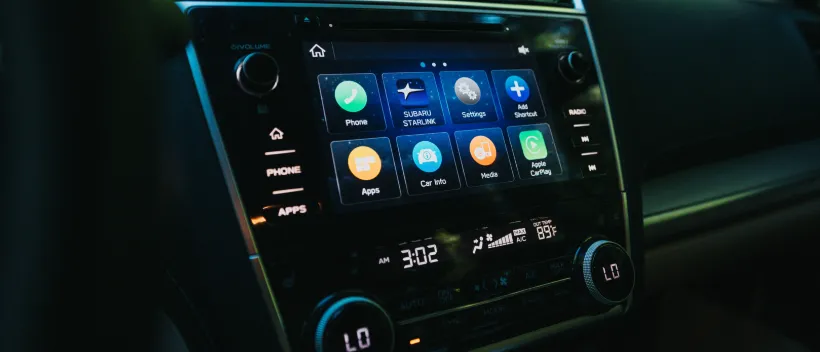Car audio systems are complex. Even if you have a seemingly basic setup, it’ll consits of a car stereo, an amplifier, and some speakers/sub.
Having all of these components work together to give you an optimal music experience is not as seamless as you think, and you will come across different problems in this regard.
One of those common problems is that your car stereo turns on but no sound comes out of the speakers.
Car Radio Turns on But No Sound Comes Out
In this post, we’ll find out different reasons why it happens and how to solve it. These tips can be applied to OEM radios from brands like Chevy, Ford, and Volkswagen as well as aftermarket radios from Pioneer, Kenwood, Sony, etc.
1. Fix Blown Stereo Fuse
The first thing we’ll check is the car stereo’s built-in fuse.
Like many car components, stereos come with an electric fuse that protects them against any power surge. So if a high amount of current is sent to the audio system, for whatever reason, the fuse blows out, disconnecting the circuit to protect the head unit.
That’s why if you turn on a car stereo with a blown fuse, you won’t get any sound from the speakers.
To replace the blown fuse, you’ll have to locate the fuse box of your vehicle. Usually, there are two types of fuse boxes inside a vehicle. One is inside the engine compartment while the other will be underneath the dashboard (near the steering wheel). For this task, we’ll have to access the latter.
Once you’ve located the fuse panel, open it up, and you’ll find different types of fuses inside for different components of your vehicle. Some manufacturers have a combined fuse for factory car radio + any other car component. Therefore, read your manual to see which fuse here represents the car radio.
After this, you’ll have to examine the fuse to determine whether it’s blown or not. For this, we’ll pull the fuse out of its holder through a basic tool called ‘fuse puller’ or pliers.
Once you’ve pulled the fuse out, examine its middle part. If the metal piece in the middle looks to be broken, melted, or burnt, it means that the fuse is blown and should be replaced.
When replacing any fuse, make sure that both new and older fuse have the same amperage.
2. Fix Car Audio Wiring
If you’ve examined the radio fuse and found it to be ok, then it’s time to check the car audio wiring.
Since we don’t exactly know the origin of our problem, we’ll have to check all the wires that connect the head unit, amplifier, and speakers with each other.
If we talk about the head unit, you’ll need to make sure that all the wires in the stereo harness (especially the speaker wires) are connected and secured. It’s a slightly lengthy procedure as you’ll have to disconnect the head unit first and unmount it from the dashboard.
After this, we’ll check the RCA jacks (or high-line inputs if you’re not using RCA jacks) to confirm that they’re working fine.
3. Reset Head Unit
In case you’ve tried all of the above steps, try resetting your car stereo. Car stereos are known for acting weirdly for no reason, especially if they’re from a relatively unknown brand. This can be solved by doing a factory reset.
Since the actual process of resetting varies from model to model, I couldn’t list it here.
Instead, I’ve published separate posts on resetting pioneer, JVC, and Kenwood stereos. You can check them by clicking on their respective links.
4. Update Firmware
Sometimes a minor bug can also cause the car stereo to act up for no reason. This is why you should always have the latest version of the head unit firmware installed.
You can check out the video below regarding how to update the radio firmware. Since this procedure varies from one head unit to another, it’s better to go through the owner manual.
5. Replace Damaged speaker
In case you’ve applied all of the steps above and there’s still no sound coming from your speakers, maybe the speakers are faulty.
To confirm this, disconnect your speaker and connect any other speaker temporarily.
If the new speaker is working fine, then surely your old speaker was damaged internally. Maybe it’s blown or is getting older over time. A blown speaker can be fixed in many cases, but a new speaker is your only option if the damage is deep.
